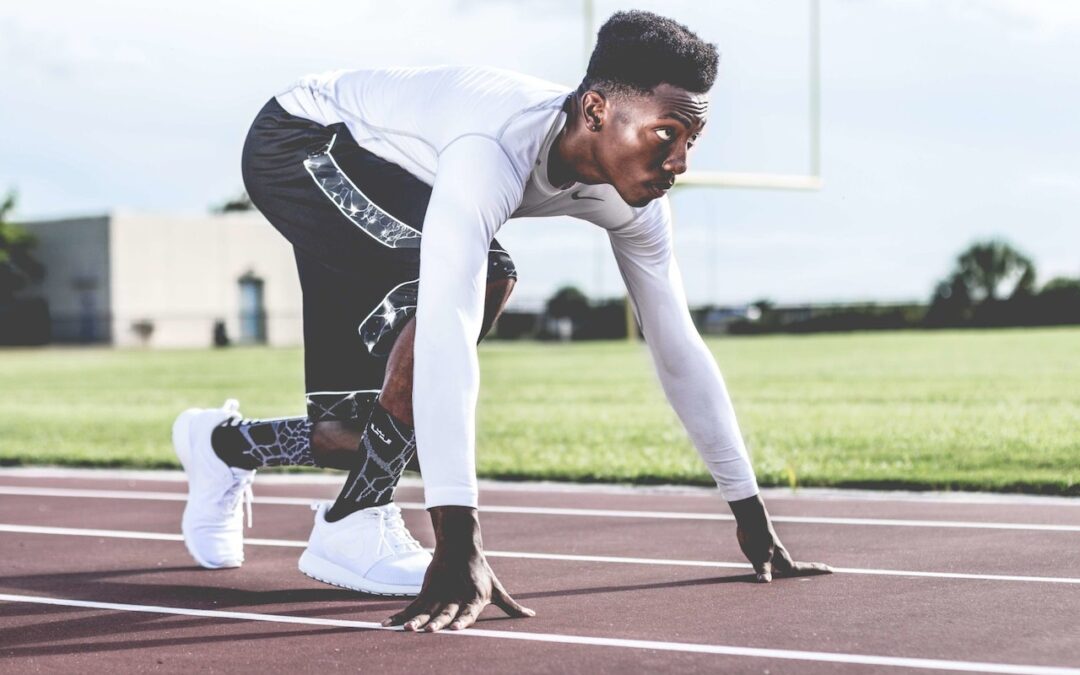Constant innovation in sports is driving athletes and teams to new heights. Advances in athletic equipment and training methods are revolutionizing how athletes train, perform, and stay safe. From cutting-edge technologies to data-driven approaches, these innovations are shaping the future of sports. Several exciting innovations in athletic equipment and training methods enhance performance, reduce the risk of injuries, and push the boundaries of human achievement.
Smart Wearables and Sensor Technology
Smart wearables and sensor technology have emerged as game-changers in athletic training and performance monitoring. From fitness trackers and smartwatches to embedded sensors in clothing and equipment, athletes can now access real-time performance data. These devices can track heart rate, body temperature, speed, acceleration, and other biometric data. This information allows athletes and coaches to fine-tune training routines, optimize performance, and prevent overexertion or injury.
Virtual Reality (VR) and Augmented Reality (AR)
Virtual and augmented reality technologies have entered sports training and performance analysis. VR enables athletes to experience simulated game scenarios, enhancing their decision-making, spatial awareness, and reaction times. AR overlays digital information in the real world, providing athletes immediate feedback during training sessions. By immersing athletes in realistic and interactive environments, VR and AR are transforming training methods and helping athletes improve their skills and performance.
Advanced Materials in Equipment
Innovative materials are revolutionizing the design and construction of athletic equipment. For example, carbon fiber composites produce lightweight, durable equipment like tennis rackets and bicycles. These materials offer increased strength and flexibility, leading to improved performance. Similarly, advancements in textile engineering have led to the development of moisture-wicking and breathable fabrics, enhancing comfort and reducing the risk of overheating during intense physical activity.
Biomechanical Analysis
The biomechanical analysis involves studying the mechanics of human movement to optimize performance and prevent injuries. High-speed cameras, motion sensors, and force plates capture and analyze athletes' movements, providing detailed insights into their technique, joint forces, and muscle activation. This data helps coaches and trainers identify areas for improvement, implement corrective measures, and design customized training programs that maximize performance potential while minimizing the risk of injuries.
Data Analytics and Machine Learning
Data analytics and machine learning transform how athletes and teams train and compete. By collecting and analyzing vast amounts of performance data, including training loads, competition results, and biometric information, machine learning algorithms can identify patterns, trends, and correlations, humans may not easily recognize. This enables coaches and trainers to make data-driven decisions, personalize training programs, and optimize performance strategies tailored to individual athletes.
Injury Prevention and Recovery Techniques
Innovations in athletic equipment and training methods also focus on minimizing the risk of injuries and expediting recovery. For instance, impact-absorbing materials and helmets, and protective gear designs help reduce the severity of head injuries in contact sports. Additionally, advancements in recovery techniques, such as cryotherapy, compression therapy, and vibration therapy, aid in muscle recovery, reduce inflammation and accelerate healing.
Virtual Training and Remote Coaching
The rise of digital connectivity has enabled virtual training and remote coaching, making it possible for athletes to receive guidance and feedback from experts regardless of their physical location. Through video analysis, real-time feedback platforms, and virtual coaching sessions, athletes can access the expertise of top coaches and trainers, even if they are halfway across the globe. This opens up opportunities for talent development and enables athletes to benefit from specialized coaching tailored to their specific needs.
Conclusion
Innovations in athletic equipment and training methods are revolutionizing the world of sports, pushing athletes to new levels of performance while prioritizing safety and well-being. From intelligent wearables and sensor technology to virtual reality training and advanced materials in equipment, these advancements provide athletes and teams with unprecedented insights, personalized training programs, and enhanced performance potential. As technology continues to evolve, we can expect even more exciting innovations that will shape the future of sports, propelling athletes to new heights and inspiring the next generation of champions.
